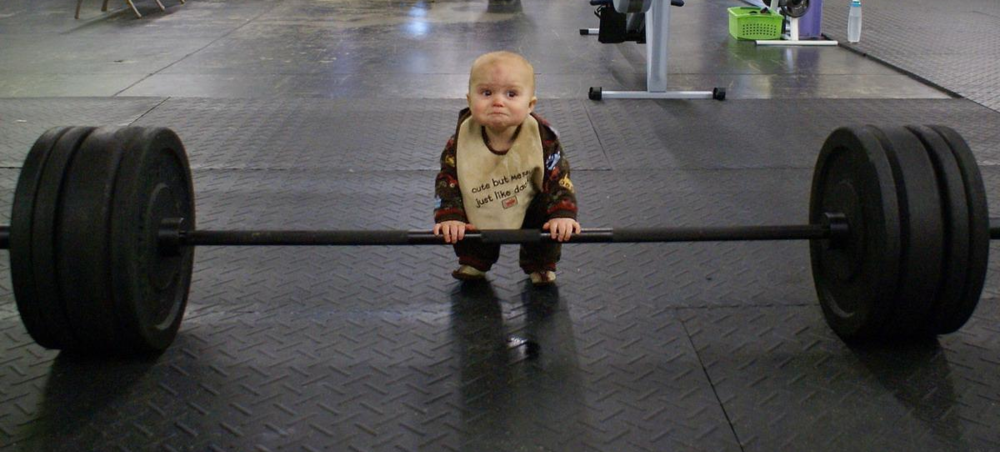This article was published as part of the Data science Blogathon.
Introduction :
In this post, we will come through some of the major challenges that you might face while developing your machine learning model. Assuming that you know what machine learning is really about, why do people use it, what are the different categories of machine learning, and how the overall workflow of development takes place.

What can possibly go wrong during the development and prevent you from getting accurate predictions?
So let’s get started, during the development phase our focus is to select a learning algorithm and train it on some data, the two things that might be a problem are a bad algorithm or bad data, or perhaps both of them.
Table of Content :
- Not enough training data.
- Poor Quality of data.
- Irrelevant features.
- Nonrepresentative training data.
- Overfitting and Underfitting.
1. Not enough training data :
Let’s say for a child, to make him learn what an apple is, all it takes for you to point to an apple and say apple repeatedly. Now the child can recognize all sorts of apples.
Well, machine learning is still not up to that level yet; it takes a lot of data for most of the algorithms to function properly. For a simple task, it needs thousands of examples to make something out of it, and for advanced tasks like image or speech recognition, it may need lakhs(millions) of examples.
2. Poor Quality of data:
Obviously, if your training data has lots of errors, outliers, and noise, it will make it impossible for your machine learning model to detect a proper underlying pattern. Hence, it will not perform well.
So put in every ounce of effort in cleaning up your training data. No matter how good you are in selecting and hyper tuning the model, this part plays a major role in helping us make an accurate machine learning model.
“Most Data Scientists spend a significant part of their time in cleaning data”.
There are a couple of examples when you’d want to clean up the data :
- If you see some of the instances are clear outliers just discard them or fix them manually.
- If some of the instances are missing a feature like (E.g., 2% of user did not specify their age), you can either ignore these instances, or fill the missing values by median age, or train one model with the feature and train one without it to come up with a conclusion.
3. Irrelevant Features:
“Garbage in, garbage out (GIGO).”

In the above image, we can see that even if our model is “AWESOME” and we feed it with garbage data, the result will also be garbage(output). Our training data must always contain more relevant and less to none irrelevant features.
The credit for a successful machine learning project goes to coming up with a good set of features on which it has been trained (often referred to as feature engineering ), which includes feature selection, extraction, and creating new features which are other interesting topics to be covered in upcoming blogs.
4. Nonrepresentative training data:
To make sure that our model generalizes well, we have to make sure that our training data should be representative of the new cases that we want to generalize to.
If train our model by using a nonrepresentative training set, it won’t be accurate in predictions it will be biased against one class or a group.
For E.G., Let us say you are trying to build a model that recognizes the genre of music. One way to build your training set is to search it on youtube and use the resulting data. Here we assume that youtube’s search engine is providing representative data but in reality, the search will be biased towards popular artists and maybe even the artists that are popular in your location(if you live in India you will be getting the music of Arijit Singh, Sonu Nigam or etc).
So use representative data during training, so your model won’t be biased among one or two classes when it works on testing data.
5. Overfitting and Underfitting :
What is overfitting?

Let’s start with an example, say one day you are walking down a street to buy something, a dog comes out of nowhere you offer him something to eat but instead of eating he starts barking and chasing you but somehow you are safe. After this particular incident, you might think all dogs are not worth treating nicely.
So this overgeneralization is what we humans do most of the time, and unfortunately machine learning model also does the same if not paid attention. In machine learning, we call this overfitting i.e model performs well on training data but fails to generalize well.
Overfitting happens when our model is too complex.
Things which we can do to overcome this problem:
- Simplify the model by selecting one with fewer parameters.
- By reducing the number of attributes in training data.
- Constraining the model.
- Gather more training data.
- Reduce the noise.
What is underfitting?

Yes, you guessed it right underfitting is the opposite of overfitting. It happens when our model is too simple to learn something from the data. For E.G., you use a linear model on a set with multi-collinearity it will for sure underfit and the predictions are bound to be inaccurate on the training set too.
Things which we can do to overcome this problem:
- Select a more advanced model, one with more parameters.
- Train on better and relevant features.
- Reduce the constraints.
Conclusion :
Machine Learning is all about making machines better by using data so that we don’t need to code them explicitly. The model will not perform well if training data is small, or noisy with errors and outliers, or if the data is not representative(results in biased), consists of irrelevant features(garbage in, garbage out), and lastly neither too simple(results in underfitting) nor too complex(results in overfitting). After you have trained a model by keeping the above parameters in mind, don’t expect that your model would simply generalize well to new cases you may need to evaluate and fine-tune it, how to do that? Stay tuned this is a topic that will be covered in the upcoming blogs.
I hope this article made you help gain a better insight into this concept. Leave a comment below if you have any follow-up questions and I will try to answer them.
Thank you,
Karan Amal Pradhan.
The media shown in this article are not owned by Analytics Vidhya and are used at the Author’s discretion.




